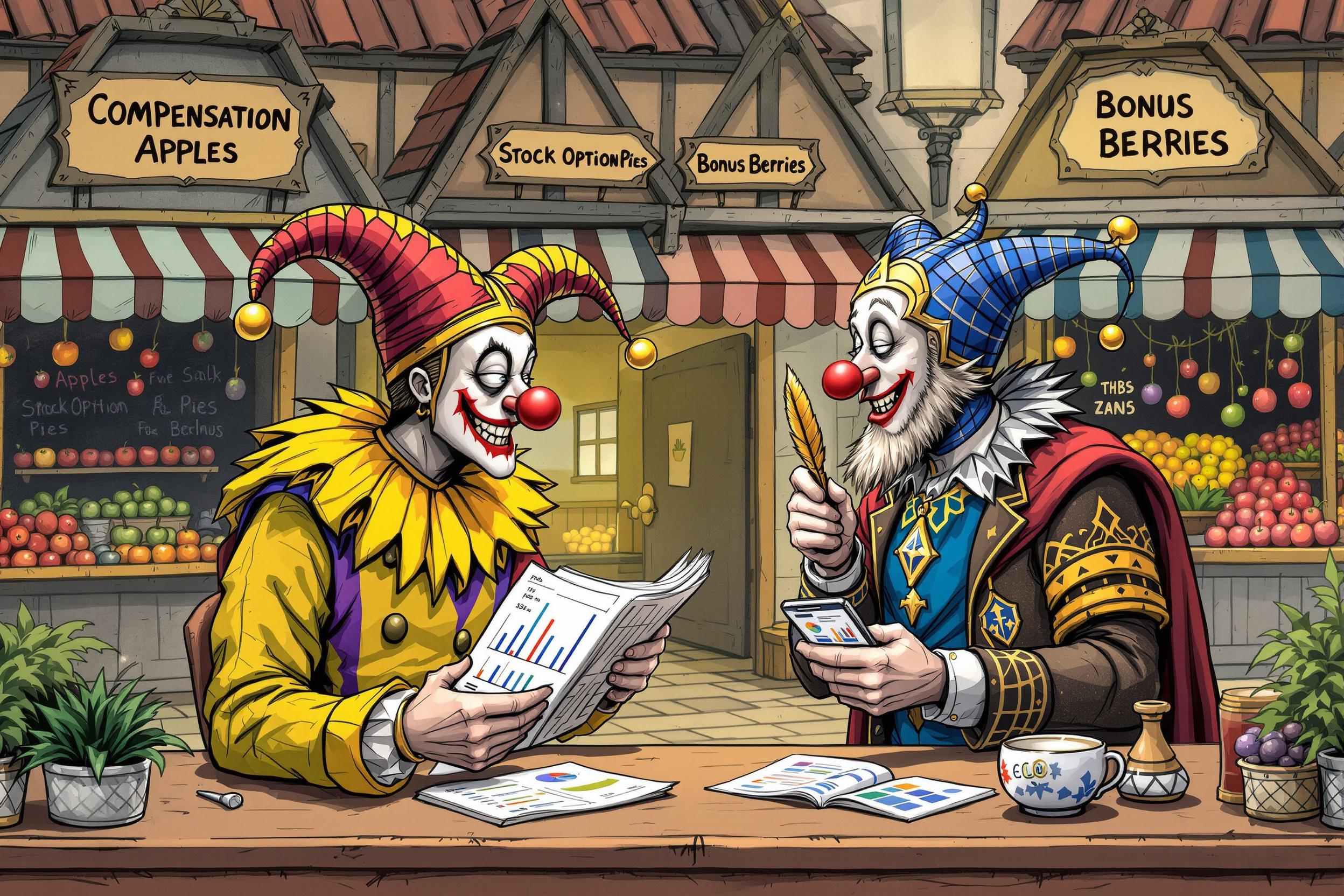
Shawl
A shawl is a versatile clothing accessory that can be worn over the shoulders or wrapped around the body. In the tailoring and fashion industry, it refers to both the finished product and the skill of creating these items. Shawls can range from simple rectangular pieces to intricately designed wraps with complex patterns and embellishments. They are made from various materials like wool, silk, or pashmina, and can be either machine-made or hand-crafted. Similar items include stoles, wraps, and scarves, but shawls typically refer to larger pieces that can drape over a significant portion of the body.
Examples in Resumes
Created custom Shawl designs for luxury boutique collections
Specialized in hand-embroidered Shawls and Wraps for bridal wear
Managed production of seasonal Shawl collections with focus on sustainable materials
Typical job title: "Shawl Makers"
Also try searching for:
Where to Find Shawl Makers
Professional Organizations
Online Communities
Job Resources
Example Interview Questions
Senior Level Questions
Q: How do you manage a collection development from concept to production?
Expected Answer: A senior designer should explain the process of trend research, material selection, creating designs, managing sample production, and coordinating with production teams while maintaining quality control.
Q: How do you ensure quality control in shawl production?
Expected Answer: Should discuss fabric testing, inspection procedures, working with suppliers, maintaining consistency in production, and handling quality issues.
Mid Level Questions
Q: What factors do you consider when selecting materials for different types of shawls?
Expected Answer: Should discuss different fabric properties, seasonal considerations, cost factors, and how materials affect the final product's drape and appearance.
Q: How do you adapt designs for different production methods?
Expected Answer: Should explain the differences between hand-crafting and machine production, and how designs need to be modified for each method.
Junior Level Questions
Q: What are the basic types of shawls you're familiar with?
Expected Answer: Should be able to describe different styles like rectangular, square, triangle shawls, and basic knowledge of common materials used.
Q: How do you measure and cut fabric for a basic shawl?
Expected Answer: Should explain basic measurement techniques, proper cutting tools, and understanding of fabric grain and finishing edges.
Experience Level Indicators
Junior (0-2 years)
- Basic cutting and sewing techniques
- Understanding of different fabrics
- Simple pattern following
- Basic finishing techniques
Mid (2-5 years)
- Pattern creation
- Advanced sewing techniques
- Material selection expertise
- Quality control knowledge
Senior (5+ years)
- Collection development
- Production management
- Advanced design techniques
- Team leadership
Red Flags to Watch For
- No knowledge of different fabric types and their properties
- Lack of basic sewing skills
- No understanding of garment construction techniques
- Poor attention to detail in finished work
Need more hiring wisdom? Check these out...

The Hidden Art of Salary Negotiation: How to Win Hearts Without Going Broke

From Farewells to Future Allies: Transforming Exit Interviews into Lifelong Connections

Lost in Translation? How a Hybrid Mentorship Database Bridges Cross-Regional Talent

